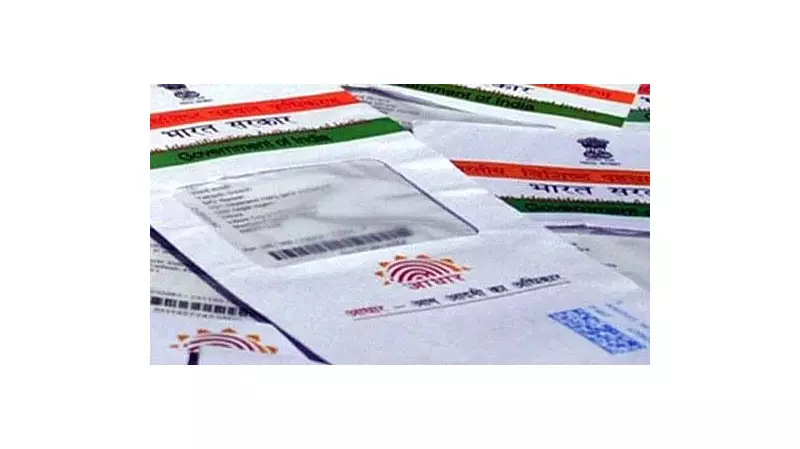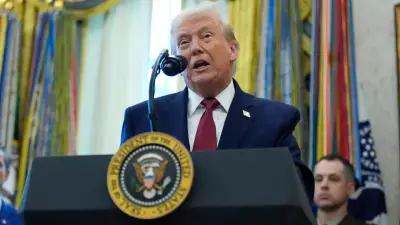
In a shocking demonstration that has sent ripples through India's digital identity landscape, Maharashtra police have registered an FIR against Nationalist Congress Party leader Rohit Pawar. The case stems from a controversial press conference where Pawar allegedly showcased how easily fake Aadhaar cards could be created, using none other than former US President Donald Trump's identity.
The Controversial Demonstration
During the press meet, Pawar reportedly displayed what appeared to be an Aadhaar card bearing Donald Trump's name and photograph. The demonstration was intended to highlight alleged vulnerabilities in the Aadhaar system, but it has now landed the political leader in legal trouble.
Legal Repercussions Unfold
The FIR was filed at Mumbai's Cuffe Parade police station under multiple sections of the Indian Penal Code and the Information Technology Act. The complaint alleges that Pawar's actions constituted unauthorized access to the Aadhaar system and potentially compromised national security by demonstrating how to create fraudulent identity documents.
Security Concerns Amplified
This incident has reignited the ongoing debate about Aadhaar's security infrastructure. While the Unique Identification Authority of India (UIDAI) has consistently maintained that Aadhaar is one of the world's most robust digital identity systems, Pawar's demonstration suggests potential loopholes that could be exploited by malicious actors.
Political Fallout Expected
The timing of this incident is particularly sensitive, coming amid increased scrutiny of digital security systems nationwide. Political analysts suggest this could have significant implications for Pawar's political career and might trigger broader discussions about digital identity protection in Parliament.
Public Reaction Mixed
While some have praised Pawar for exposing potential security flaws, legal experts warn that demonstrating illegal methods, even for awareness purposes, constitutes a criminal offense. The case has sparked intense debate on social media platforms about the balance between public interest and legal boundaries.
As investigations continue, all eyes are on how this case will develop and what impact it might have on India's digital identity ecosystem. The incident serves as a stark reminder of the delicate balance between exposing security vulnerabilities and adhering to legal protocols.





